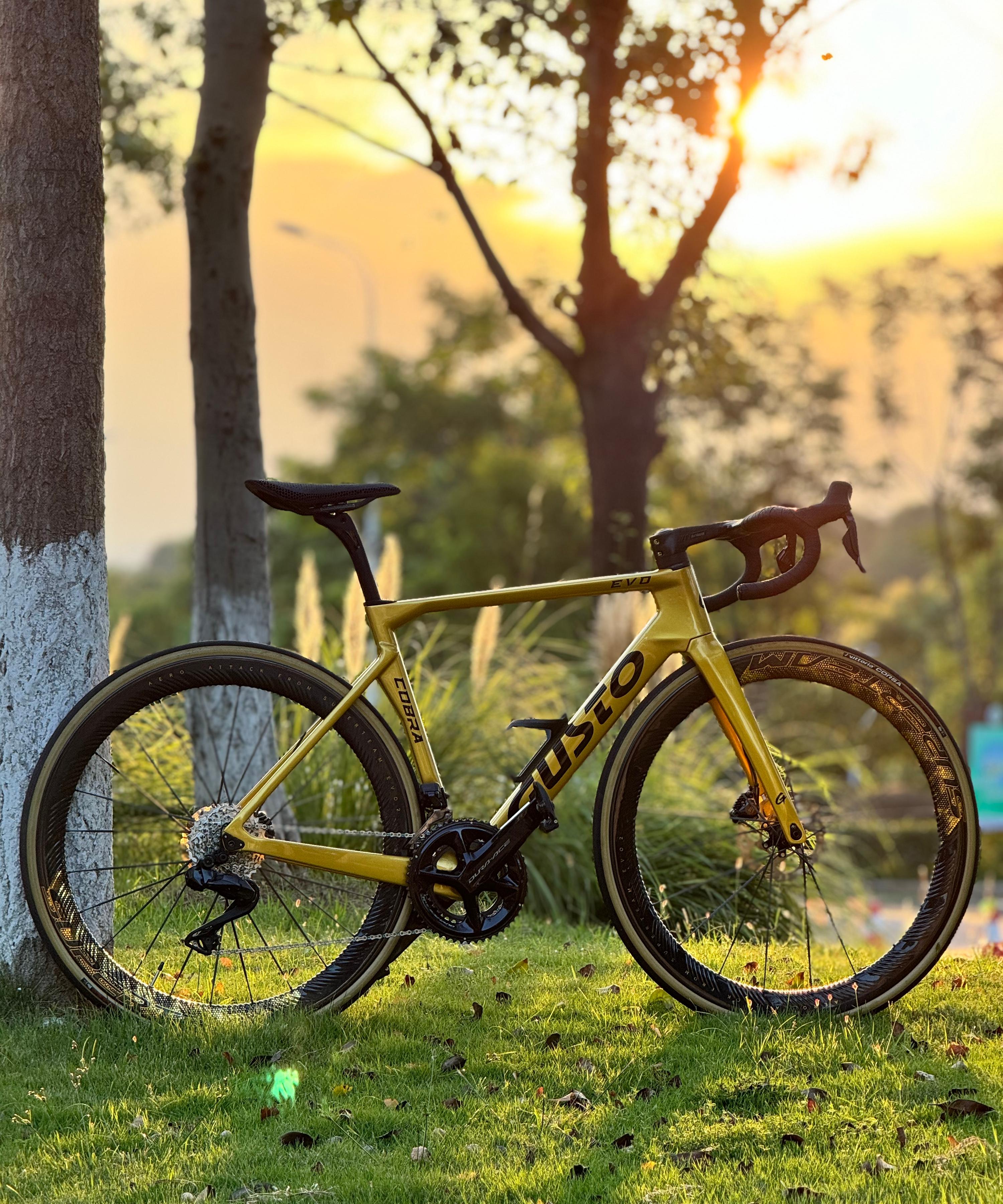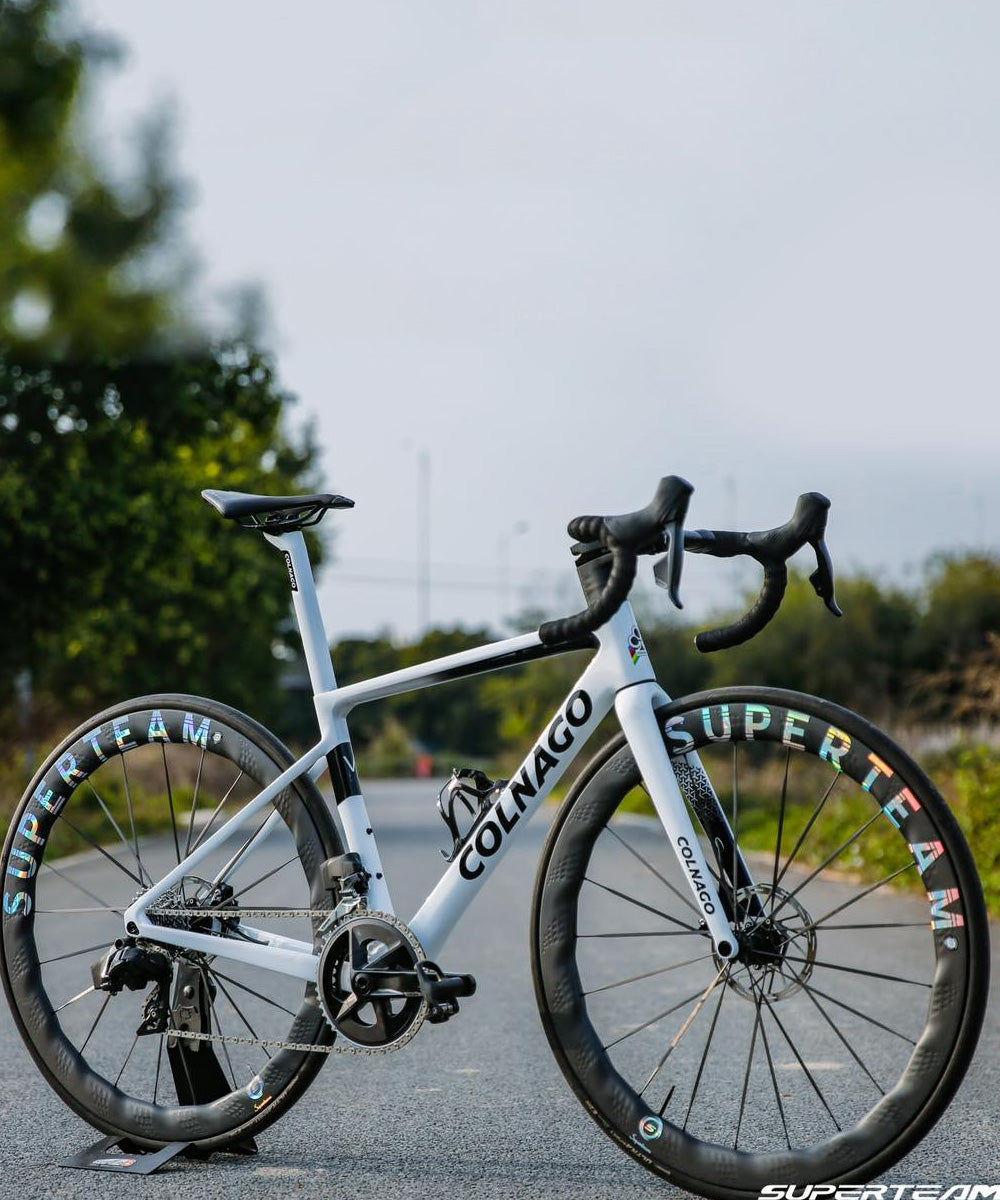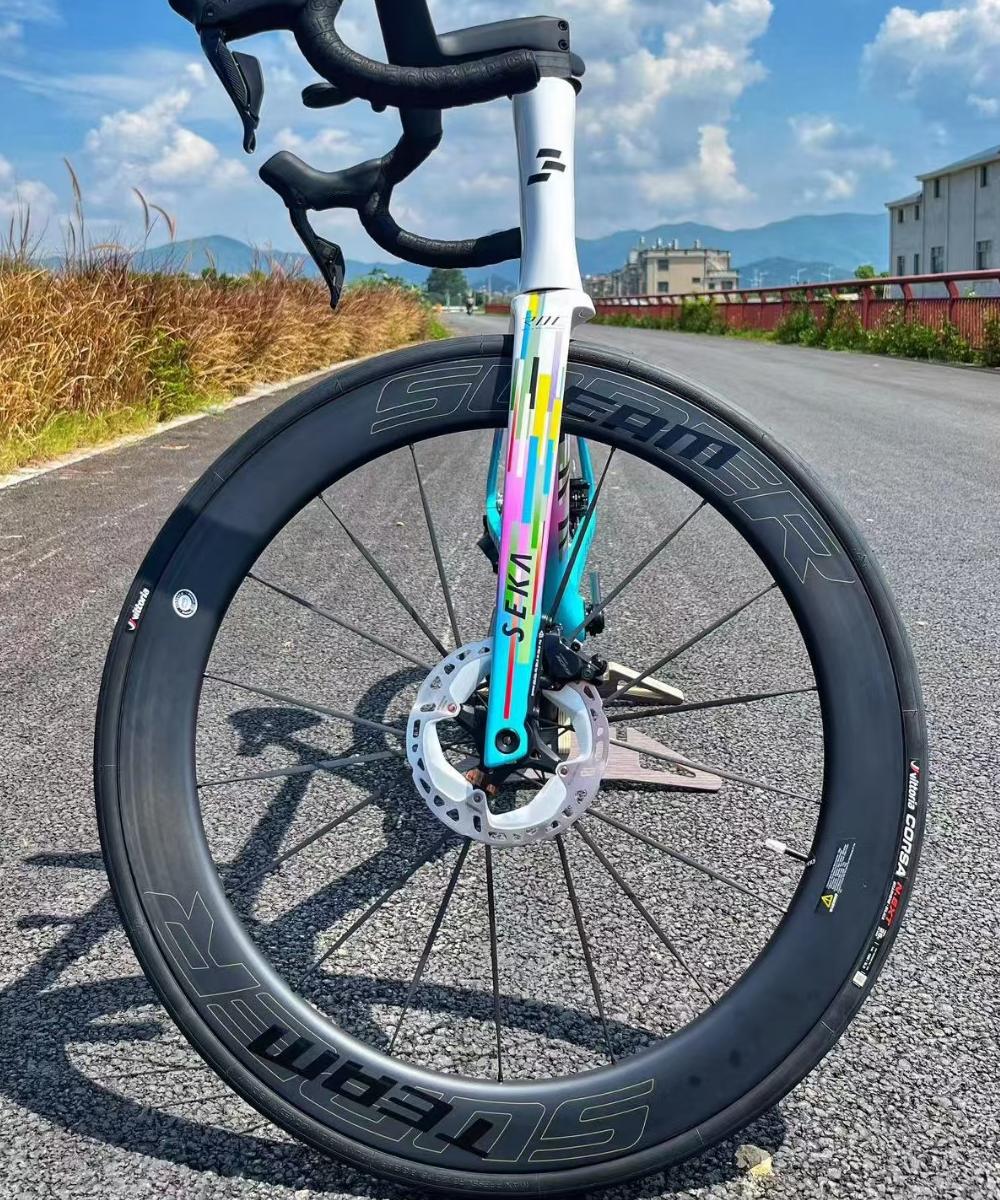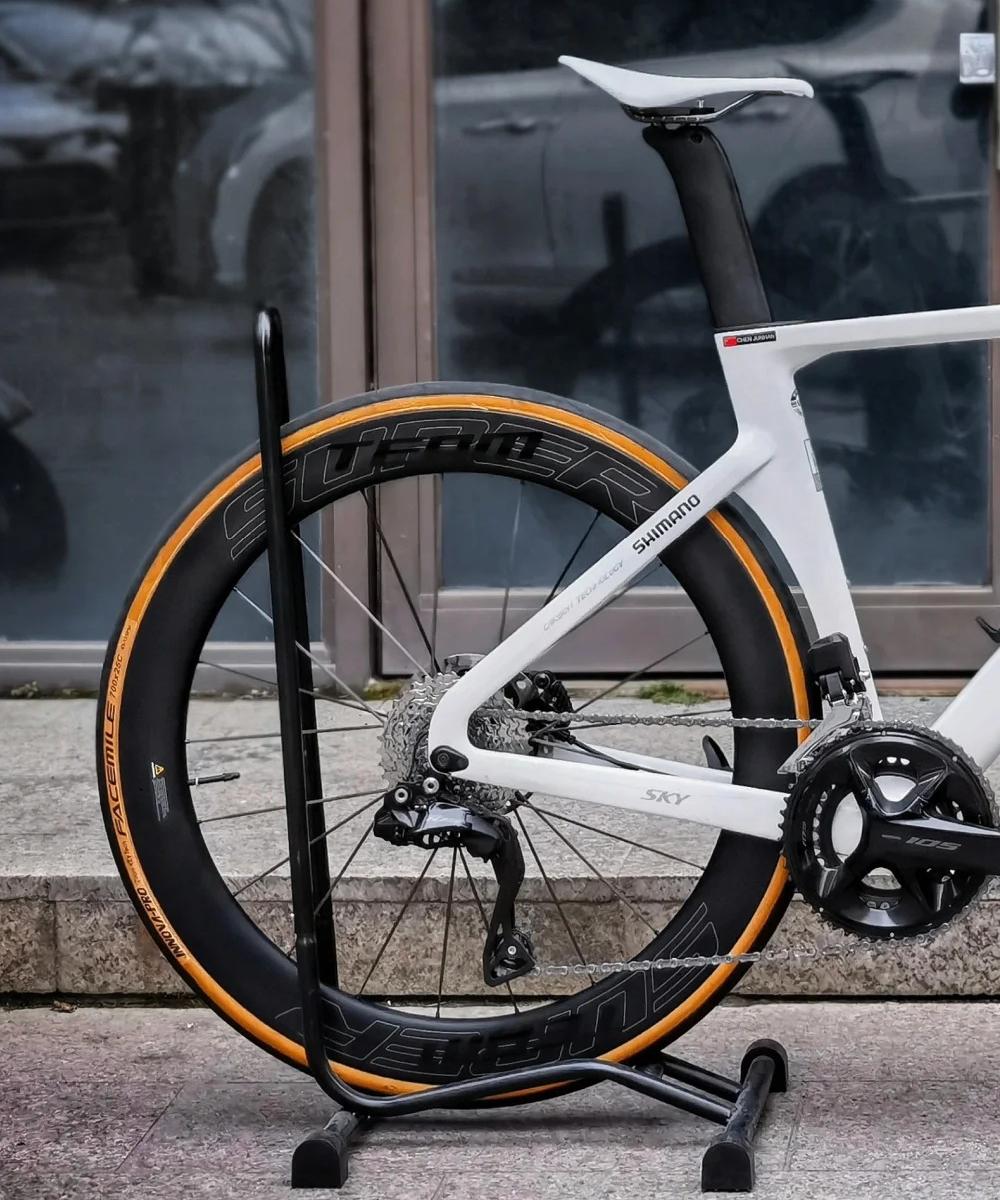Tubeless Setup Pitfalls: Why Some Carbon Wheels Seal Better Than Others
Tubeless tires have become the go-to choice for road, gravel, and mountain cyclists seeking lower rolling resistance, puncture protection, and better ride quality. But while the concept sounds straightforward—no inner tube, just sealant and air—the reality is that not all carbon wheels make the process equally smooth. Riders often encounter frustrating leaks, burping, or tires that simply won’t seat properly. Why does this happen, and why do some carbon wheels seal better than others?
1. The Role of Rim Bed Design
The rim bed is the foundation of a successful tubeless setup.
Bead Seat Diameter (BSD) Accuracy: Even a half-millimeter deviation can make tires either too loose (hard to seal) or too tight (difficult to mount). Premium carbon wheels often have stricter tolerances, which improve consistency.
Drop Channel Depth: A deeper central channel makes it easier to pop the bead onto the rim, while a shallow one can leave you struggling with tire levers and air compressors.
Image Suggestion : Close-up of a carbon rim cross-section showing the bead seat and drop channel.
2. Internal Rim Width and Tire Compatibility
A rim that’s too narrow or too wide for a given tire size can cause sealing problems.
Narrow rims may not push the bead out firmly against the sidewalls, increasing the risk of air leaks.
Overly wide rims can distort tire profiles, again making sealing more difficult.
Matching tire size with the manufacturer’s recommended rim width is key to avoiding headaches.
Image Suggestion : Comparison diagram of different rim widths and their effect on tire bead fit.
3. Manufacturing Consistency in Carbon Layup
Unlike alloy rims, carbon rims are hand-laid and cured, which introduces more potential variation.
Surface Smoothness: Imperfections or resin residue inside the rim bed can prevent airtight sealing.
Bead Hook Precision: Hooked vs hookless rims have different sealing behaviors—hookless rims demand tighter manufacturing tolerances for safe performance.
4. Valve and Tape Quality
Even the best carbon rim won’t seal without proper tubeless tape and valve installation.
Tubeless Tape Application: Wrinkles, gaps, or overlaps in rim tape are common failure points.
Valve Fitment: Poorly seated valves or incompatible grommets can be the hidden cause of persistent slow leaks.
Image Suggestion : Step-by-step photo series showing proper tubeless tape and valve installation.
5. Sealant Interaction with Rim Materials
Not all sealants play nicely with all rims. Some aggressive formulas can degrade rim tape adhesives, while others fail to plug micro-gaps in certain carbon surface finishes. Riders should test sealant compatibility or follow manufacturer recommendations.
6. Why Premium Carbon Wheels Seal More Reliably
The differences often come down to:
Tighter manufacturing tolerances.
Consistently smooth rim beds.
Carefully designed bead seat geometry.
Higher-quality tubeless tape included from the factory.
Conclusion
Tubeless setup success isn’t just about the tire or the sealant—it’s about the harmony between rim design, precision manufacturing, and correct installation. Cheaper carbon wheels may cut corners on tolerances or finishing, leading to frustration, while premium models seal more consistently. For riders considering a wheel upgrade, understanding these details can mean the difference between a reliable tubeless experience and hours of trial and error.




